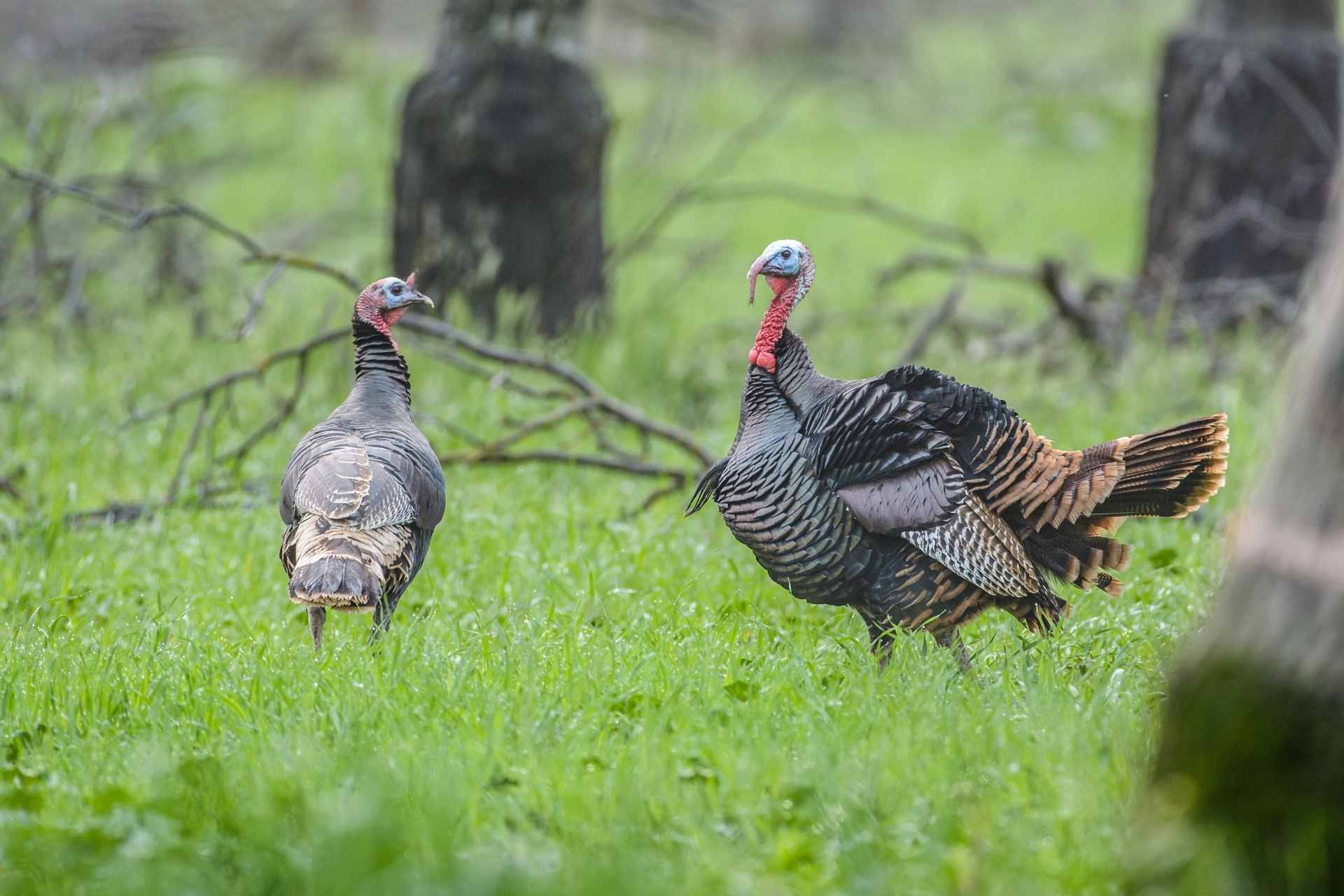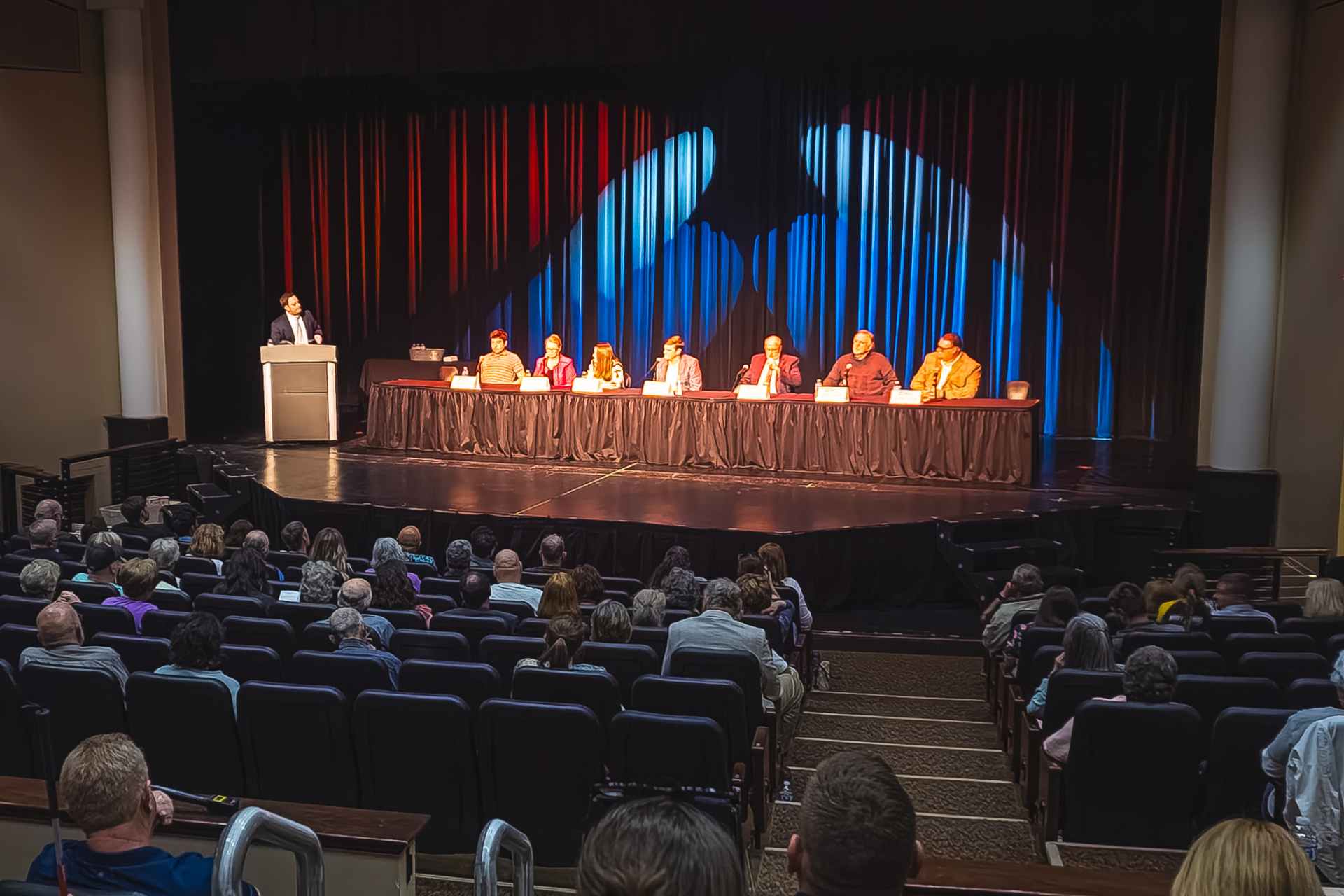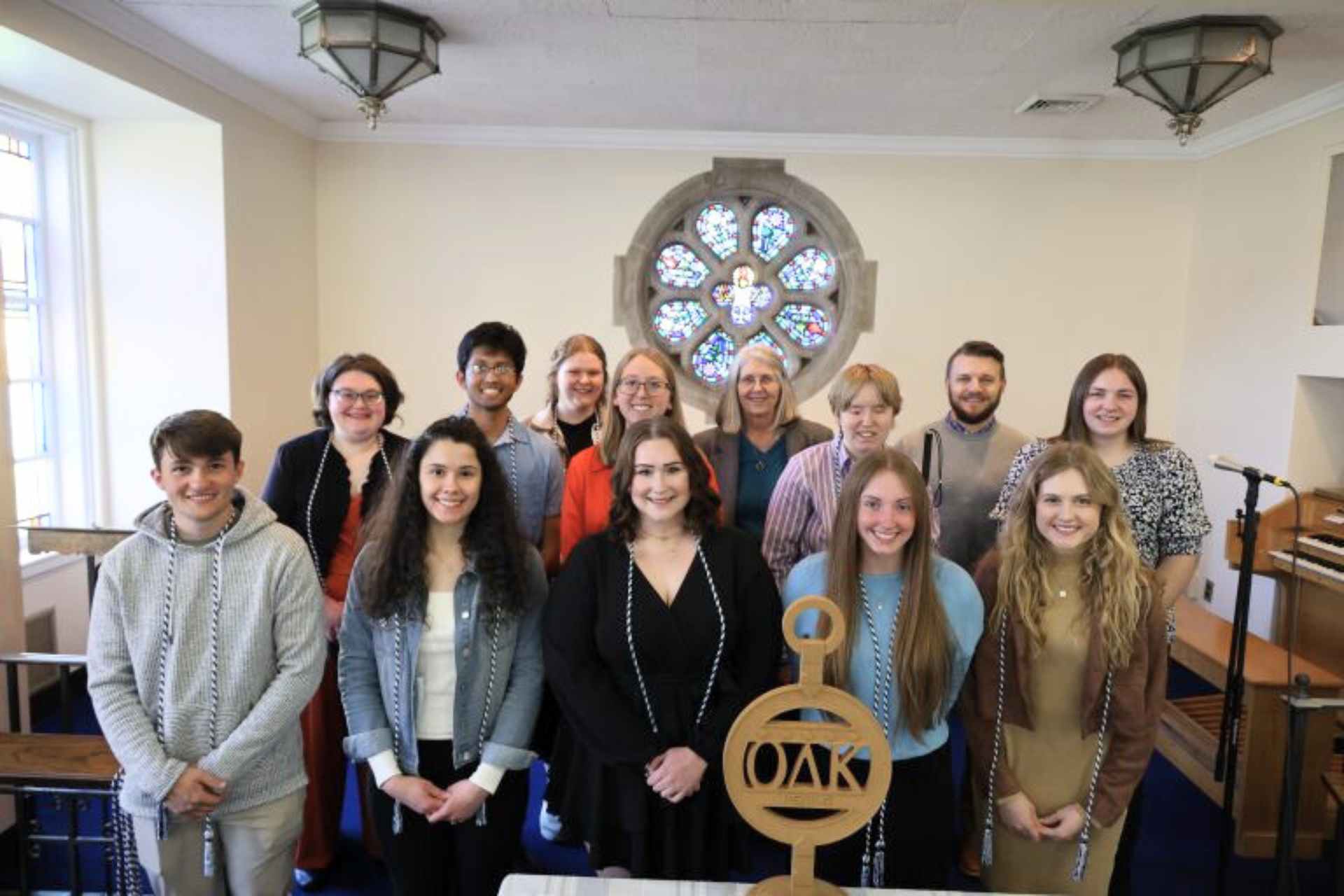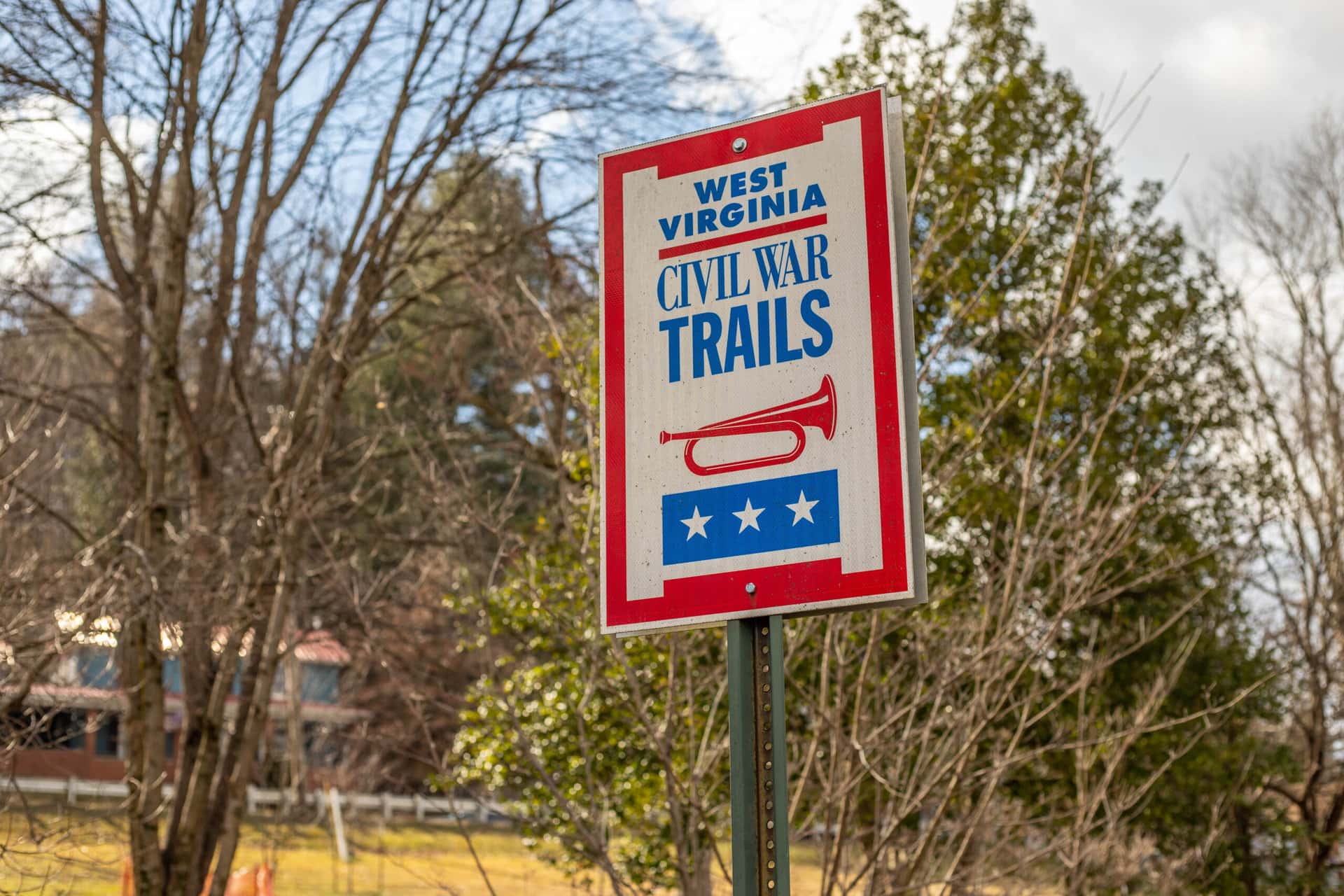BUCKHANNON – It is the season to give thanks and eat turkey.
West Virginia State Wildlife Center biologist Trevor Moore said the Wildlife Center in French Creek currently houses one male turkey that was given to a Division of Natural Resources officer by a private landowner several years ago.
“Their distribution is well across North America, and you’re most likely going to see them when you’re hunting or looking out your window,” Moore said. “They’re found primarily all over the eastern half of the U.S. up to Utah, Colorado, Arizona, but they don’t get up into Nevada very much.”
Turkeys prefer grassy areas where it is easy for them to find consistent food sources.
“The big three things you need for turkeys is mature forests for them to roost, meadows with good grass cover for them to have chicks and then a good winter — and stable food source for the winter — and that’s what gives you a good, healthy turkey population,” Moore said. “Adult turkeys eat a lot of seeds and then, of course, insects and whatnot, but primarily they eat a lot of vegetative matter like seeds and nuts.”
“That’s why they need those grasslands and wildflower areas because those attract a lot of insects, which have a lot of protein and help the young ones grow,” Moore added.
Turkeys are mostly seen roaming on the ground, but they can be found in treetops, roosting.
“They absolutely can fly like a lot of birds, even like a lot of like normal domestic chickens, they can fly. They may be short-range flyers, but turkeys actually roost up in the tops of trees,” Moore said. “They’ll fly up to the tops of trees or somewhere that’s big enough to hold their body weight and roost for the night. Now when they make their nests, they make their nests on the ground, their eggs are pretty dark, they’re usually cream color or a white-brown, with lots of brown speckles, so they blend in really well, but they are ground-nesting birds, but they roost at night up in trees.”
West Virginia has a healthy turkey population, and they are one of the most popular game animals in the state.
“There’s two main species of turkeys, and there’s a bunch of subspecies for the regional differences, but one of the cool things is the other main species of turkey is found in the forests of Mexico,” Moore said. “It has quite a different coloration than our turkeys, it’s much brighter with blues and oranges than our very dark-colored North American turkey.”
Moore said turkeys have very identifiable anatomy, including their big tail and the fleshy appendage on their beak called the snood.
“They have a lot of little knobby bumps all over their head, and down to their neck, those are called car knuckles, and then they have a waddle or a dewlap, it’s that fleshy part underneath their chin that goes from their chin down to their neck, and then the male turkeys have beards,” Moore said.
He noted that about 10 percent of female turkeys have beards.
“The beard is like modified feathers; they’re down below the chin there, and they almost look like they’re coming out of the chest somewhat — those beards grow longer as the turkey gets older.”
W.Va. Wildlife Center hours from Nov. 1, 2022, through March 31, 2023 are 9 a.m. to 3 p.m. Visit the W.Va. Wildlife Center’s website for more information or directions.

















